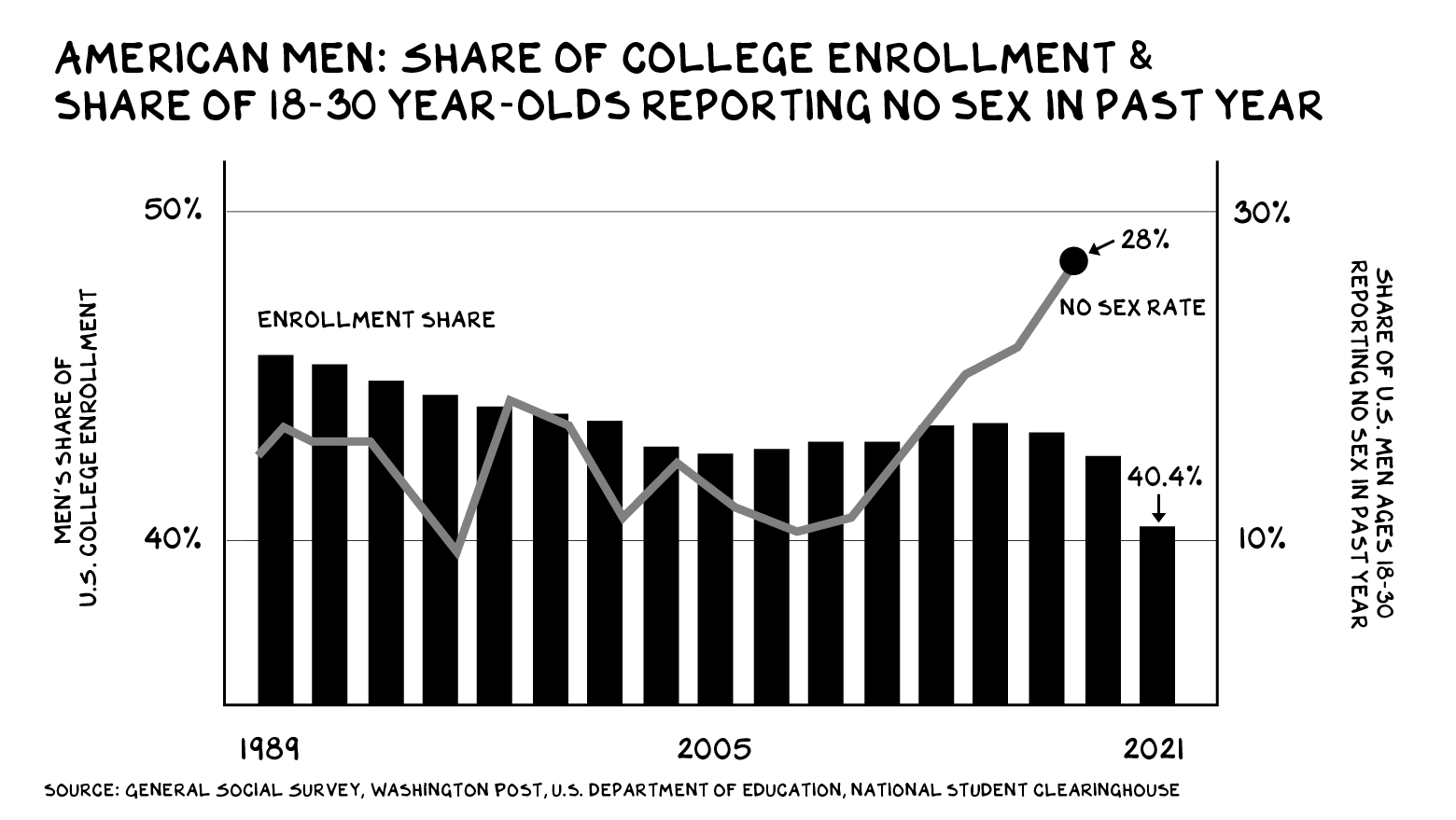Modern society is facing many disturbing crime trends, including cybercrime, domestic violence, gun violence, human trafficking, identity theft, sexual assault, ransomware attacks, financial fraud, fraudulent cryptocurrency transactions, and extremist and hate crimes. These crimes have significant social, economic, and individual consequences and require a multifaceted approach from law enforcement agencies, governments, and individuals to tackle them. Although technology and the internet have facilitated the spread of these crimes, they can also be used to prevent and solve them if used appropriately. Thus, everyone must work together to curb these trends and create a safer society for all.
10 Disturbing Trends in Modern Crime
1. Cybercrime
With the proliferation of the internet, cybercrime has become a significant concern in modern society. Criminals are now using various techniques to infiltrate individuals, enterprises, and government agencies’ computer systems to steal personal or sensitive information, disrupt operations, and launch attacks. According to the FBI’s Internet Crime Complaint Center, in 2019 alone, cybercrime victims lost over $3.5 billion. This trend is expected to continue to increase with advancements in technology.
2. Domestic Violence
Domestic violence is becoming increasingly prevalent in modern-day society. According to the National Coalition Against Domestic Violence, in the United States, 20 people per minute are physically abused by an intimate partner, which translates to about 10 million people every year. Additionally, domestic violence has contributed to several deaths and self-harm cases.
3. Gun Violence
Mass shootings, homicides, and suicides involving guns have increased in recent years, sparking concerns among citizens and lawmakers. According to the Gun Violence Archive, there were 43,541 gun-related incidents and 11,151 deaths in 2020 alone. This trend is not only affecting the United States but other countries worldwide.
4. Human Trafficking
Human trafficking is an illegal trade of human beings for exploitation or commercial gain. The trafficked persons can include adults and children and can be subjected to forced labor, sexual exploitation, and other forms of slavery. According to the International Labor Organization, there are over 40 million people subjected to human trafficking globally, and the problem is increasing. It is estimated that human trafficking generates up to $150 billion annually.
5. Identity theft
Identity theft refers to the illegal acquisition and use of another person’s personal information without consent, typically for financial gain. This crime is becoming more prevalent due to the proliferation of technology and the internet. For instance, cybercriminals can obtain an individual’s social security number, driver’s license, and bank details, among others, and use this information to conduct fraudulent activities. In 2019, the Federal Trade Commission reported that identity theft was the second most common type of fraud, accounting for 20% of all fraud reports.
6. Sexual Assault
Sexual assault is another prevalent crime affecting modern society. In the United States, one in five women and one in seventy-one men will experience rape or attempted rape at some point in their lives. Additionally, many sexual assault cases go unreported or unprosecuted, which makes it difficult to determine the extent of the problem.
7. Ransomware attacks
Ransomware attacks are a form of cybercrime that involves hackers locking a victim’s computer system or files and demanding a ransom to release them. The frequency of these attacks has increased in recent years, with attackers targeting individuals, corporations, and government agencies. For instance, the WannaCry ransomware attack in 2017 affected over 200,000 computers in 150 countries.
8. Financial fraud
Financial fraud entails the use of deception or manipulation for personal or financial gain. This crime can take several forms, including embezzlement, Ponzi schemes, investment fraud, identity theft, and credit card fraud. Financial fraud costs businesses and individuals billions of dollars annually, with losses expected to increase over time.
9. Fraudulent cryptocurrency transactions
Cryptocurrency has become increasingly popular in recent years, with various entities accepting it as a form of payment. However, this popularity has also attracted fraudsters, who use the complex technology to conduct fraudulent transactions. Cryptocurrency fraud can take several forms, including fake or fraudulent ICOs, fake exchanges, and Ponzi schemes, among others.
10. Extremist and Hate Crimes
With the rise of social media and the internet, extremist and hate crimes are on the increase. These crimes include online harassment, physical assaults, vandalism, and even terrorist attacks. The primary motivators for these crimes are often based on racial, religious, or political differences, and they have significant social and economic consequences.
In conclusion, modern society is grappling with various disturbing crime trends, and law enforcement agencies, governments, and individuals need to work together to curb their spread. While technology and the internet have made it easier for criminals to commit crimes, they can also be used to prevent and solve them, and the proper use of these tools should be encouraged.
